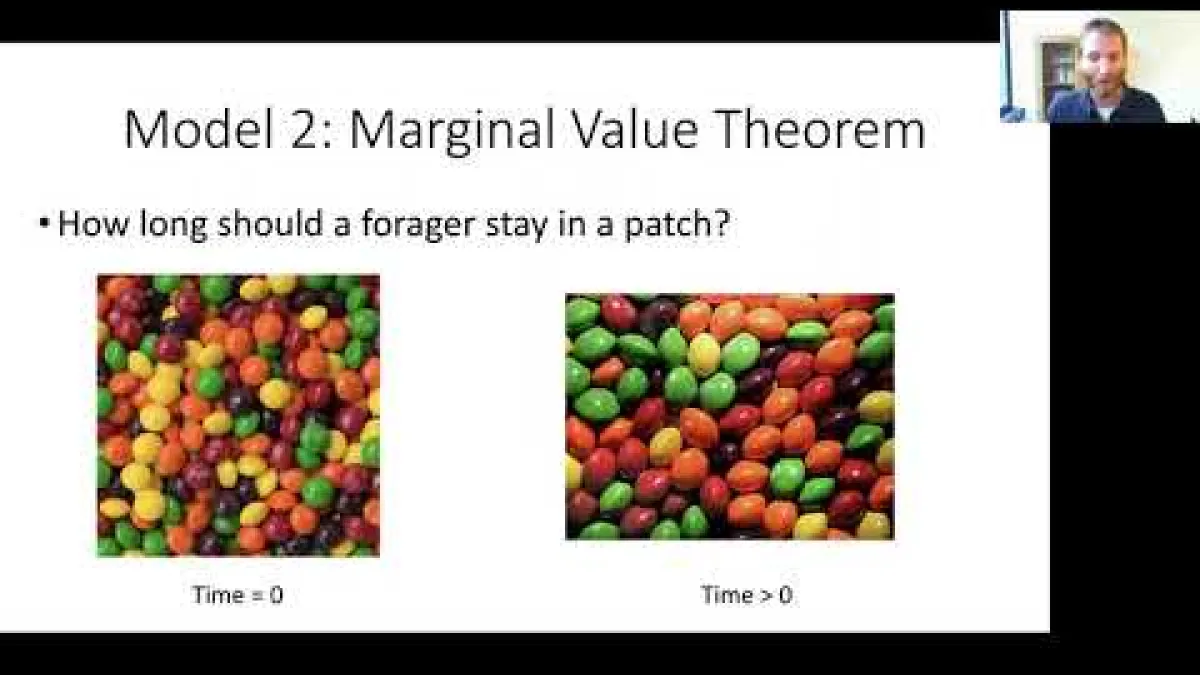Collective decision-making in wild animal groups
Recorded seminar
Speakers
Content navigation
Description
For animals to remain in groups, they must be able to maintain cohesion, coordinate actions, and reach consensus about where to go next, despite extensive within-group heterogeneity. Theoretical models have long suggested that groups can solve these challenges through simple social movement rules, leading to shared (or ‘democratic’) decision-making. However, testing how group- and population-level outcomes—including shared decision-making—arise from collective behaviour has been challenging. Working with baboons and vulturine guineafowl, I used whole-group, high-resolution GPS tracking in the wild to simultaneously capture the movement of all group members. These data show that baboons and guineafowl exhibit almost identical properties in their collective decision-making. Scaling-up GPS tracking in vulturine guineafowl to the population-level further reveals that guineafowl live in a multilevel society: plural- and cooperatively-breeding social units form stable and cohesive groups, and groups interact preferentially with other groups both during the day and at communal roosts. Using these findings as a platform, I am presently building the foundations for studying ‘the ecology of collective behaviour’ that investigates the drivers and consequences of collective behaviour spanning from physiology to environmental change.
Location
Please click the link below to join the webinar:
https://anu.zoom.us/j/83452889468?pwd=Nit6NmYycml0ZGxOZEJtbmRIMHFFQT09
Passcode: 441235

